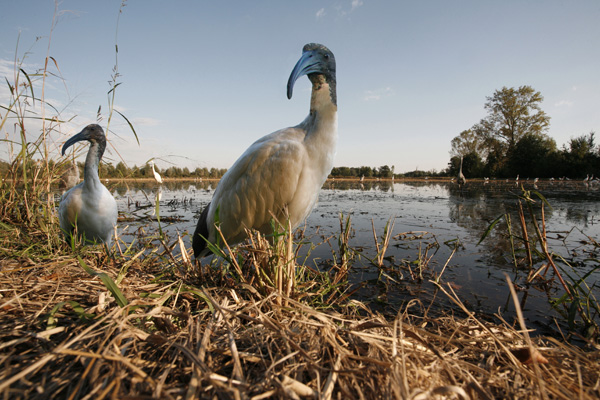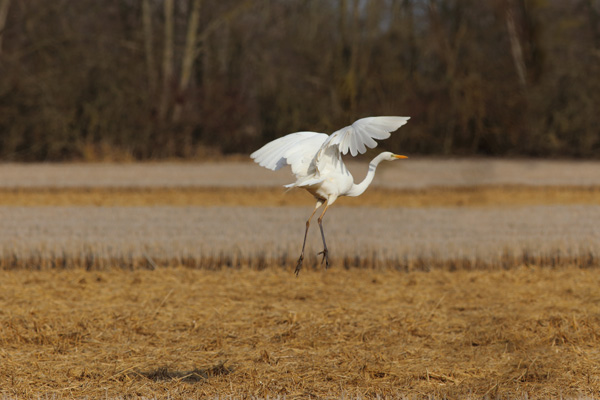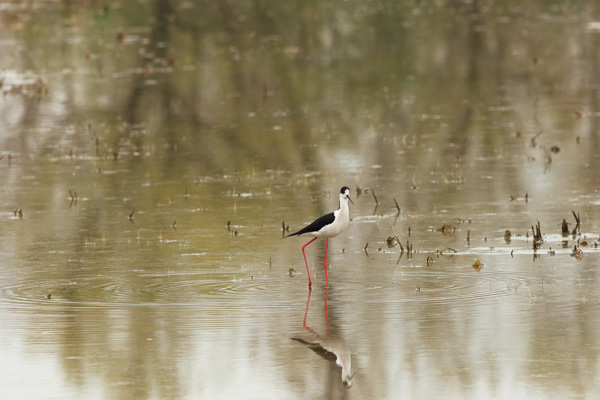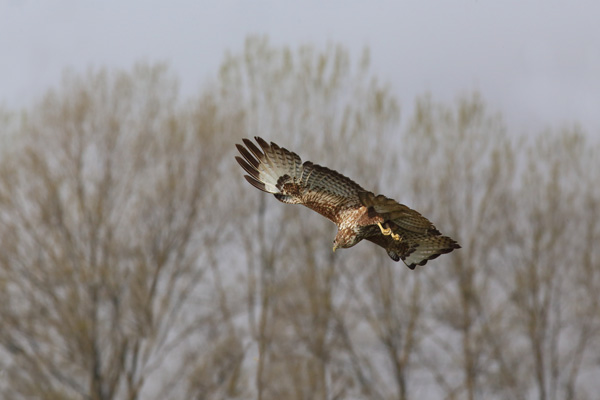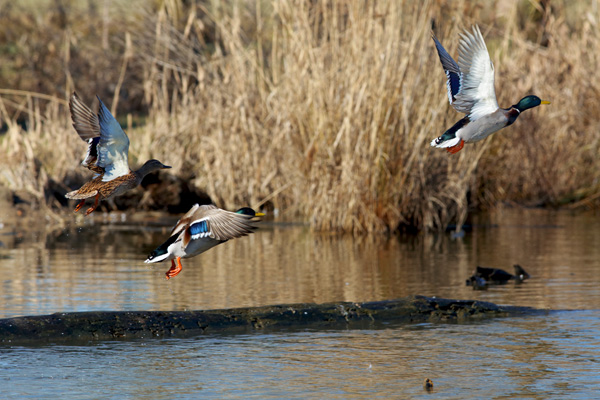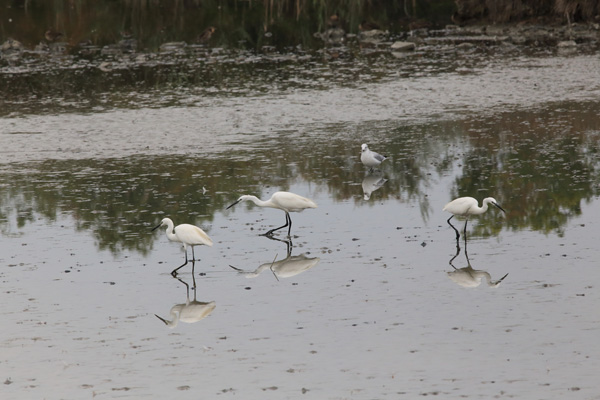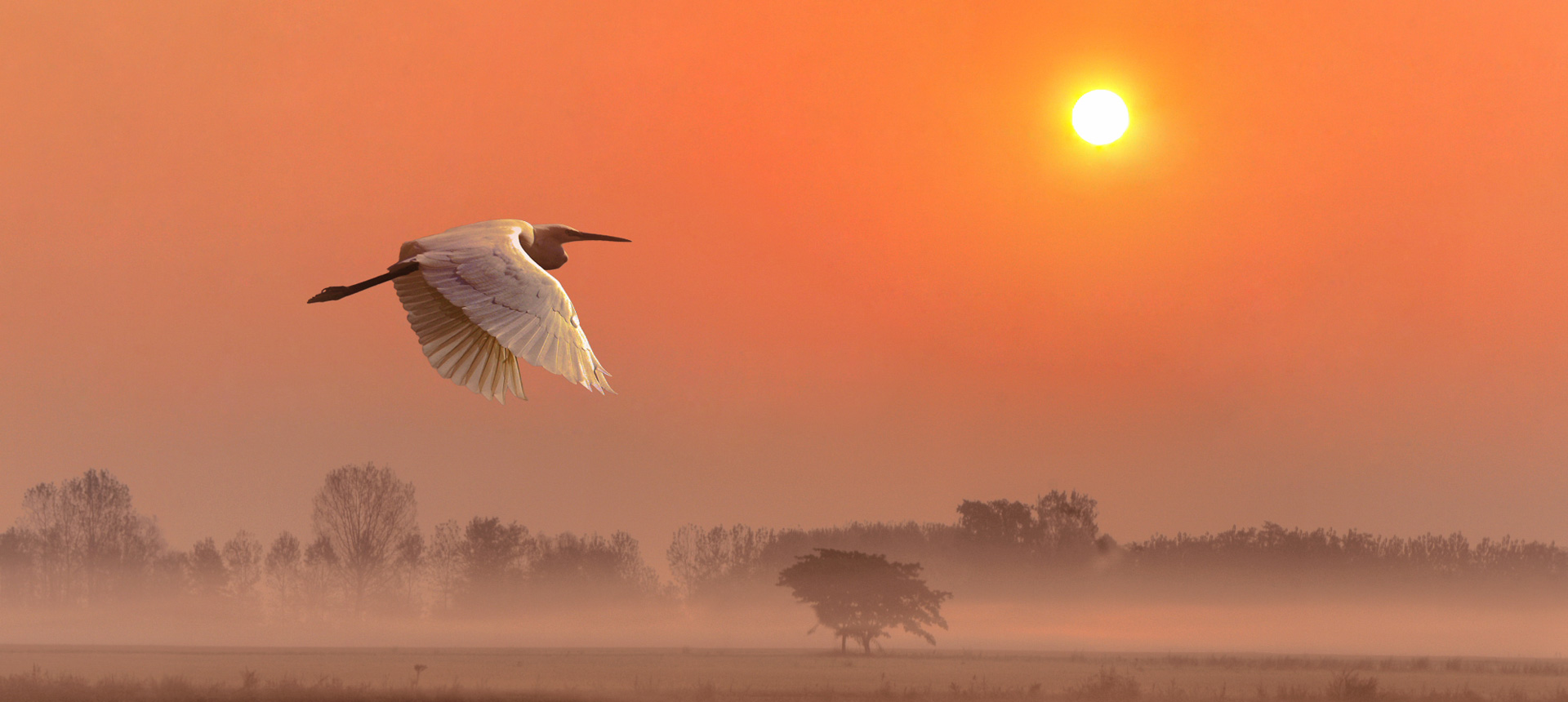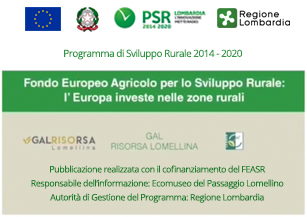Lomellina’s heronries (garzaie) are a paradise for biodiversity, birdlife and natural springs, as well as for birdwatching, bird observation and for listening to and identifying their songs and calls. These areas, located in the irrigated plains of Lombardy and Piedmont within the Natura 2000 network, consist of humid woodlands with marshy ground, where various species of herons – including the great egret, purple heron, cattle egret, grey heron, Eurasian bittern and black-crowned night heron – collectively nest.
Geographically, heronries are widespread in both upper and lower Lomellina. The Celpenchio heronry, between Cozzo, Rosasco and Castelnovetto, is home to the largest colony of purple herons in Lomellina. Also in the area, between Cozzo, Sant’Angelo and Castelnovetto, the Verminesca marshland is a swampy strip along the Guida canal, where damp black alder woods alternate with expanses of marshland vegetation. The Cascina Isola heronry in Langosco is located in a floodplain area of the River Sesia, while the Sant’Alessandro heronry in Zeme is the largest in the province of Pavia, covering 256 hectares. It features humid woodland of black alders, expanses of marsh reeds, bulrush and sedges, and vast areas flooded by spring water. The Rinalda heronry, between Candia and Breme, is a small wetland area fed by springs, where the green woodpecker – now rare in the Po Valley – finds refuge. The Palude Loja regional reserve is located between Sant’Angelo and Zeme: it is a wetland fed by springs, along the Guida and Raina ditches, with hygrophilous vegetation of black alder, salix caprea and reeds.
Lake Sartirana in lower Lomellina is located near an oxbow formed in the 18th century from a bend in the River Sesia. It has long been known for its lush reed beds and migratory birds. Between Breme and Sartirana lies the Bosco Basso gorges, whose soil moisture is maintained by a number of natural springs, from which the Giardino channel and the Massa stream originate. Cetti’s warblers and great reed warblers nest among the reeds. In the heronry of Acqualunga Abbey in Frascarolo, all five species of gregarious herons that nest in Italy can be found, while on the border with Alessandria, close to the Po, is the Valenza heronry, which is part of the protected areas of the Po and Orba River Park. In Goido (a hamlet of Mede), you can visit the Cascina Notizia heronry, a hygrophilous woodland home to typical lowland birdlife, including little grebes, coots and little bitterns. Just a few kilometres away are the Villa Biscossi heronry, a lush humid wood with black alder as the dominant species, and the Gallia heronry, in the Galliavola countryside.
Finally, it is worth mentioning the Boschetto di Scaldasole nature reserve, along the main road to Valeggio, which occupies a sandy hillock and is one of the few remaining forested areas in Lomellina.



